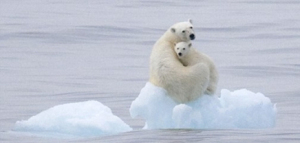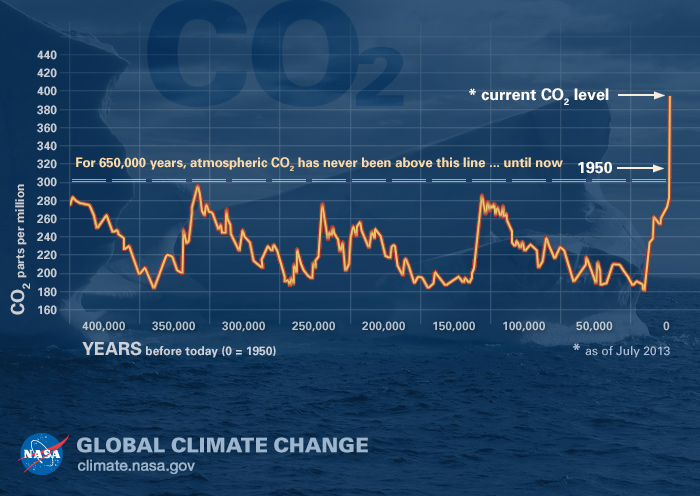It has been unseasonably warm here in Beringia so far this winter, with temperatures up into the 20s and even 30s—above zero! It has also been unseasonably dry, with very little snow so far. It makes you wonder about climate change and how it might affect us at a local level.
While I was out splitting wood, my mind was wandering, as usual, and I remembered that polar bears diverged from brown bears a long time ago, and that polar bears had survived through the last interglacial period, which was warmer than this one (so far). In refreshing my memory, I (re)learned that polar bears split off from brown bears about 600,000 years ago and actually survived through multple interglacials. The last interglacial (we’re in one now, the Holocene), was called the Sangamon interglacial or the Eemian. It was about 130,000-115-000 years ago and was perhaps the warmest of the interglacial cycles experienced by polar bears. That interglacial period was warmer than today, and it is considered that the polar ice caps melted—the Arctic Ocean probably only had ice in the winter.
So should we be shedding the proverbial tear when we see those pictures of polar bears standing on shrinking ice floes, so often shown to ask for donations and maybe make us get serious about reducing carbon emissions? Well, we might think that if they made it through a really warm period once, they should be able to make it through again. And maybe they can. But the important thing to recognize is that we’re talking about the polar bear lineage, and those historic bears may have been different from today’s bears. Lineages adapt through time or go extinct when they can’t adapt sufficiently. So we expect lineages to change, and just because a lineage was in one climatic place in the past doesn’t mean that they can get back through a similar period in the future. As new adaptations arise, old ones are lost, so it is quite uncertain whether today’s lineages will be able to adapt sufficiently to survive the rapid changes occurring now.
Guess where we as humans were 130,000 years ago? Some of us were starting to walk out of Africa. Most agricultural development occurred in the last 10,000 years, as did our adaptations of inventing numbering and writing. We domesticated chickens only about 3,000 years ago (another adaptation, though these are all cultural). Our carbon emissions really took off with the Industrial Revolution, pushing atmospheric CO2 to levels not seen on Earth in over 650,000 years.
(The climate change debate is not about whether it’s occurring—it is—it’s about how much of a role we’re playing as humans and what we might try to do about it.) Anatomically modern humans have only been around for about 200,000 years. So the polar bears may have one up on us, having been on this climatic roller coaster a few more times than we have. It will be tens of thousands of years before anyone knows the outcome of this very warm interglacial. Between us and polar bears, the maximum number of lineages that can emerge will be two. The minimum is zero. Plenty of food for thought for the next time I’m out splitting wood.


